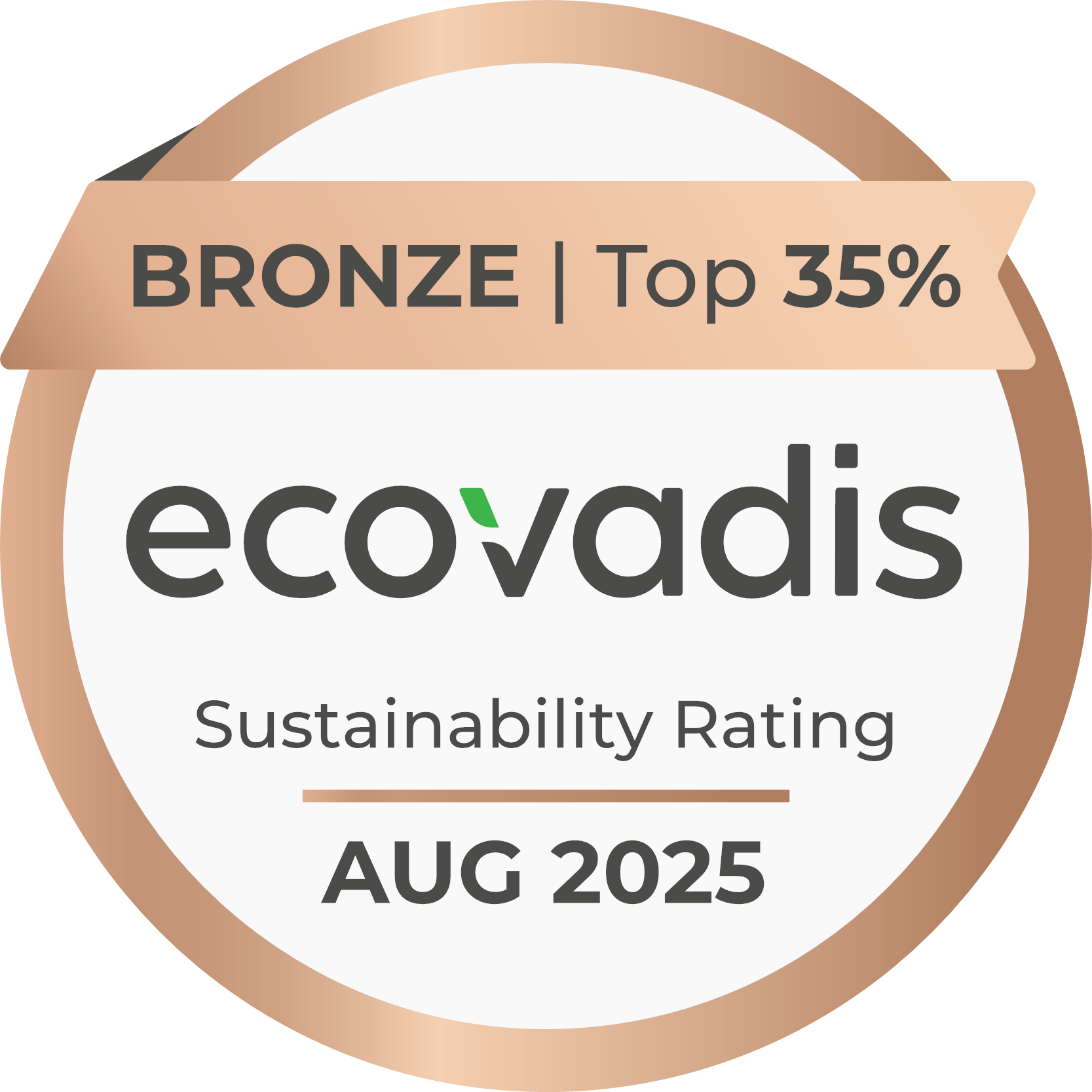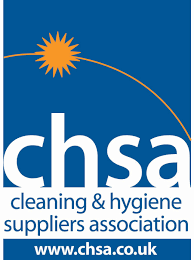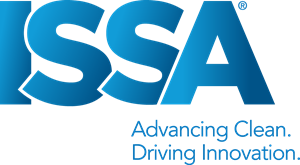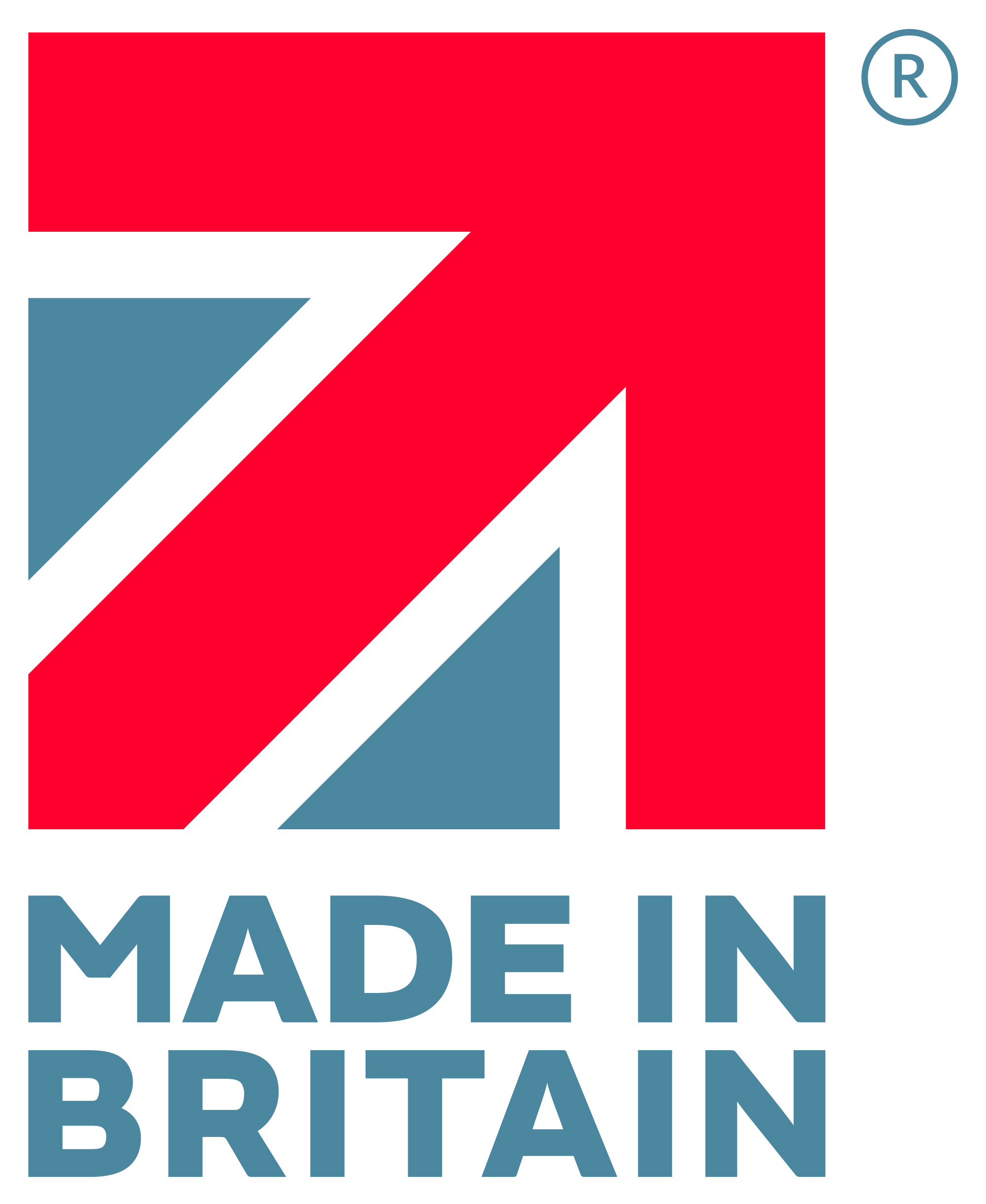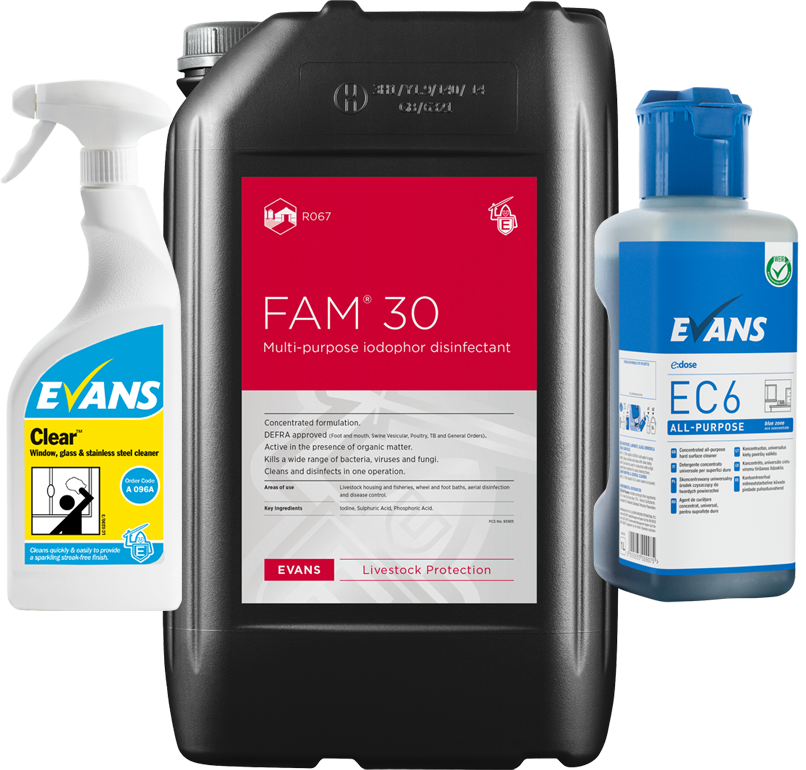17 February 2020
DISCLAIMER: Evans Vanodine has become aware of profiteering by businesses and individuals reselling our products, in particular, in light of the COVID-19 outbreak. Handsan, Evans 70% alcohol hand sanitiser, is being resold on websites such as Ebay and refilled into pack sizes which our business does not manufacture. Please be vigilant when purchasing Evans products and do so through a registered distributor, not general retail websites where the goods may be fakes and packaged unsuitably. Action will be taken against any resellers who persist in misusing and misrepresenting the Evans Vanodine brand, and potentially endangering our customers.Our Chief Microbiologist Valerie Fotheringham recently joined a webinar hosted by ISSA and GBAC concerning COVID-19 (Coronavirus), on 5th February 2020.
Following a brief introduction by the chair explaining the remit of GBAC (i.e. to bring together expertise in the scientific community and contamination / restoration / disinfection / forensic cleaning sectors with a view to improving response to biohazards), a panel of experts were available for questions. Below you will find a summary of the questions and answers which were discussed.
The main points that were repeated several times were:
• Cleaning is essential before disinfection.
• Hand washing for at least 30 seconds is required.
• Contact time for disinfectants is crucial and surfaces must be wet for the whole of the contact time.
• Hand washing, coughing into a tissue, not putting hands to face, will all help to protect from airborne pathogens.
Is the structure of the virus similar to human coronavirus?
Coronavirus is similar to SARS virus (Severe Acute Respiratory Syndrome) that causes acute respiratory failure. The structure of this new coronavirus is very similar to human coronavirus (the cause of colds) and therefore disinfectants effective against human coronavirus should be effective against Novel Coronavirus (2019 n-coV).
There is inadequate data on the destruction of the virus on surfaces, but it can survive on surfaces for up to 7 days.
Will AHP (Accelerate Hydrogen Peroxide) kill 2019 coronavirus?
AHP at > 7% will kill the virus but 3% will not. No testing so far against this strain. Sodium hypochlorite has been recommended.
Is there any guidance related to cleaning specifically for airports?
Nothing specific but recommendation is that particular attention should be paid to touch points, diligent cleaning and sanitising/disinfecting consistently (systematically) to knock down the infectious agent.
What types of disinfectants are recommended?
GBAC website has an infection control tips section with a document from the EPA on emerging pathogens. Look at the product label and manufacturers website and check if there is a claim against coronavirus. Bleach will work if there is nothing else available. 5-minute dwell time is required i.e. the surface must be wet for the full 5 minutes. Spray and wipe will not be effective. https://www.issa.com/education/cleaning-for-infection-prevention/additional-resources
There was no clear answer as to the required in-use concentration just some confusion over household bleach. The relevant point is that 1,000 ppm Chlorine is recommended and in order to reach this level you need to know the concentration in bleach product. - V.Fotheringham
Are electrostatic systems effective for final disinfection?
Not known, need to ask the manufacturer.
Is there a difference between surface types - porous and hard surfaces?
Yes, it is easier to disinfect a smooth hard surface than a porous one.
What is the difference between decontamination and disinfection?
Decontamination is the removal of visible soil or other contaminating material (radiation).
Disinfection is the killing of microorganisms.
How long could the virus survive on skin?
Dwell time on human skin is not known. It is similar to the SARS virus and should be dealt with by following procedures for influenza i.e. wash hands regularly, use alcohol handrub if available, don’t touch face with hands, cough into a tissue and dispose of it, wash hands after coughing.
What about cleaning in a very large building with multiple high contact sites?
This is a challenge and requires changes to work practices to include more than the routine cleaning – more frequent cleaning of high touch surfaces and consider vertical surfaces e.g. lift buttons. May need to bring in new technology. Don’t forget surface has to be wet for the full contact time.
How can workers in hotels, tour bus drivers etc protect themselves?
Use the same precautions as for influenza – use handrub products frequently, don’t touch face with hands. See the tips sheet on PPE on ISSA/GBAC website. https://www.issa.com/combating-the-coronavirus-outbreak
Do masks protect?
Surgical masks that are often seen in pictures do not provide respiratory protection. They can stop large droplets and also provide a barrier to touching the nose and mouth with hands.
For respiratory protection a NIOSH N95/N100 approved respirator is required.
Disposable facepiece respirators would be ideal which would filter at least 95% airborne particles. - V.Fotheringham
Is there a fast track process for product approval in the event of an emergency?
Yes, EPA fast track for emerging pathogens can be used.
Is UV light effective?
Yes, but can take up to 60 minutes. Validation would be required; not enough evidence so far. UV light is not penetrating so would be adversely affected by dust or soiling.
Does ATP method correlate with absence of virus on a surface?
No, ATP is used as an indication of cleanliness. After cleanliness is established, disinfection can then be carried out.
Are microfibre cloths effective at removing pathogens?
They are very effective at removing dust and biofilm contamination but not microorganisms. They are excellent for first stage cleaning to reduce bioburden. They lose effectiveness with constant washing.
Is wiping down more thorough than misting?
Wiping as part of cleaning or disinfection is an effective method of removing contaminants. Misting is always done after cleaning and the volume required for certain areas needs to be carefully calculated. Some disinfectants can work with some organic load, but cleaning is still essential.
Valerie J C Fotheringham
Chief Microbiologist, Evans Vanodine.
Reference Links/Documents:
https://www.issa.com/combating-the-coronavirus-outbreak
https://www.issa.com/wp-content/uploads/ISSA-GBAC-Tips-Sheet-1_30_2020.pdf
https://www.issa.com/education/cleaning-for-infection-prevention/additional-resources








